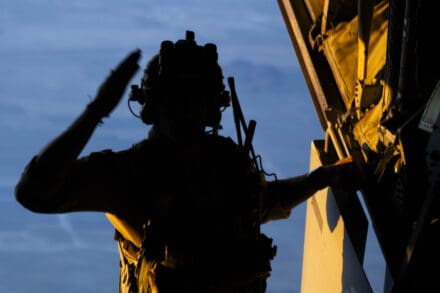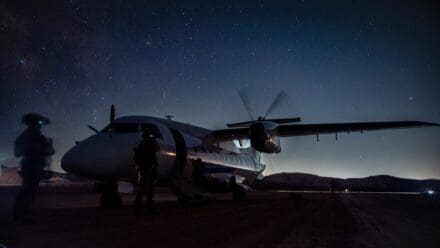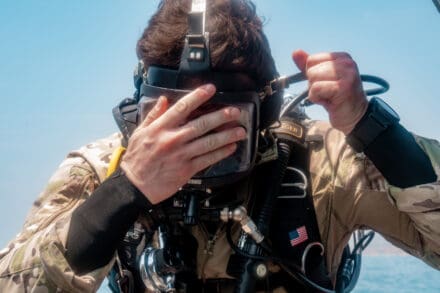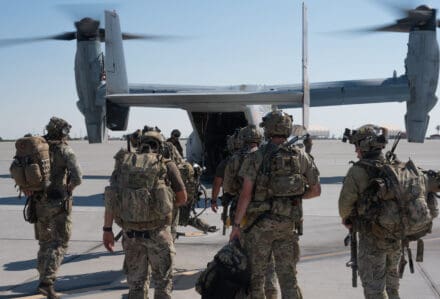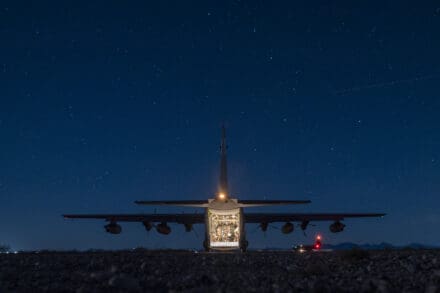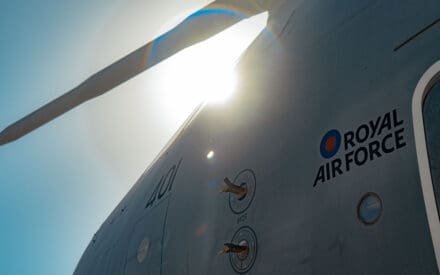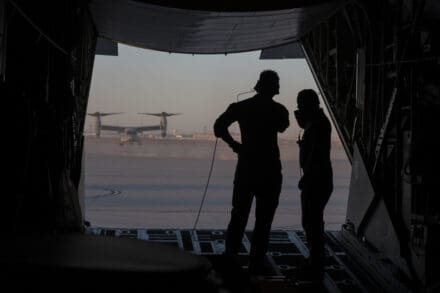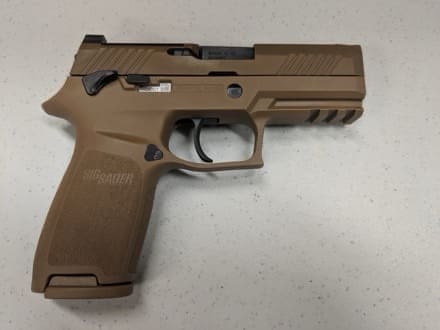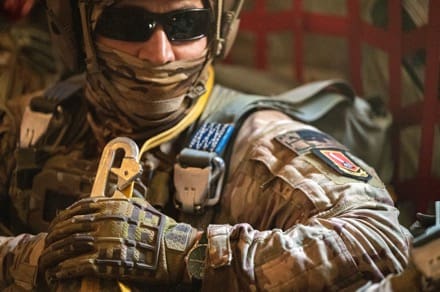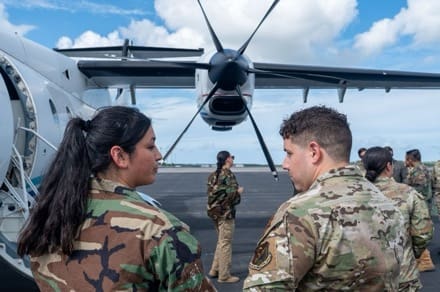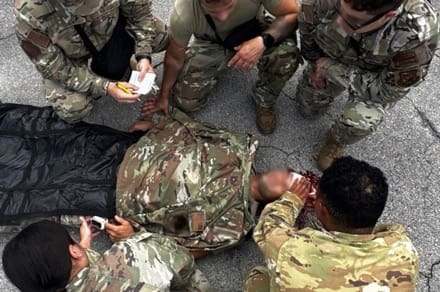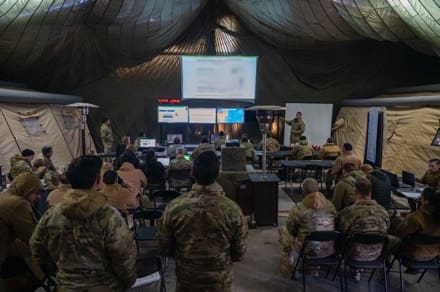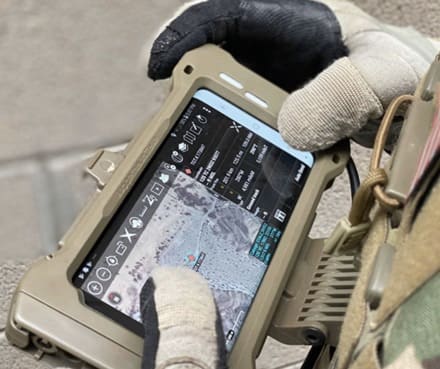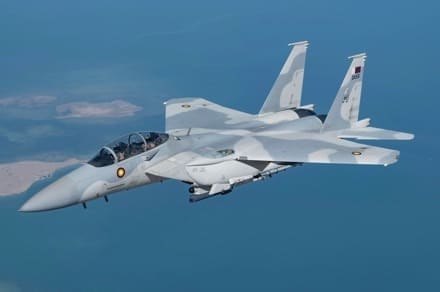TRAVIS AIR FORCE BASE, Calif. —
An already multi-faceted training mission turned into a critical problem-solving opportunity for 571st Mobility Support Advisory Squadron (MSAS) mobile training team (MTT) who recently deployed to Belize.
More than that, it became a showcase for the exceptional technical skills and dedication of one air advisor on the team: Tech. Sgt. Miguel Capote.
”Tech. Sgt. Capote consistently demonstrates exceptional work ethic and character. His unwavering dedication and technical proficiency, honed from years as a crew chief, make him an invaluable asset to the team.”
Tech. Sgt. Roberto Barraza, 571st MSAS air advisor and Belize MTT team leader
During their May deployment, the 14-member MTT was working with the Belize Defence Force (BDF) when a vital piece of their counter-narcotics arsenal – a Cessna C-208 Caravan aircraft – suffered a debilitating malfunction. But the root cause of the malfunction was far deeper than anyone initially suspected.
While flying home, Belizean pilots discovered that their C-208, valued at $8M, had lost both its autopilot and navigation functions. This forced them to manually pilot the aircraft from the Gulf of America back to Belize, raising serious concerns about future operational capabilities. What they didn’t know was that this was the culmination of a two-year-long struggle.
“The loss of autopilot and navigation was a significant issue,” Capote explained. “It severely hampered their ability to conduct effective counter-narcotics patrols, especially in challenging weather conditions. More importantly, this was a recurring problem that had plagued the aircraft since its arrival in Belize in February 2023.”
The C-208 Caravan aircraft is a crucial asset for the BDF, known for its rugged utility and adaptability in a variety of missions. According to Textron Aviation, the C-208 manufacturer, the aircraft’s powerful turboprop engine delivers high performance and low operating costs. However, without a functioning navigation system, its effectiveness was significantly compromised, leaving the country vulnerable to Trans-National Criminal Organizations (TCOs).
The initial assessment pointed to a potential manufacturer repair order, which would have required shipping the aircraft to the United States – a costly and time-consuming process. That’s when Capote’s specialized training and tenacious dedication proved invaluable.
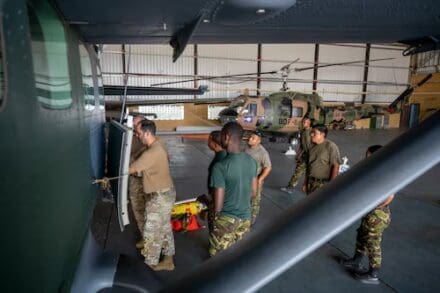
U.S. Air Force Airmen from the 571st Mobility Support Advisory Squadron, guide Belize Defence Force members on installing an air deflector toa C-208 Grand Caravan during a training mission in Ladyville, Belize, May 26, 2025. The training aimed to enhance the BDF’s ability to conduct aerial resupply operations. (U.S. Air Force photo by Tech. Sgt. Levi Reynolds)
“I guided the Belizean maintenance team through troubleshooting an intermittent Attitude and Heading Reference System (AHRS) issue,” Capote said. “My deep dive into manufacturer wiring diagrams and service bulletins led me to discover that key system components were improperly grounded.”
Capote’s investigation revealed that these ungrounded components were causing significant signal noise within the aircraft’s wiring harness. This increased noise interfered with both AHRS systems, rendering the C-208 as “Non-Mission Capable” and unable to respond to the increasing number of TCO narcotic flights into the country.
Instead of resorting to a costly and lengthy repair in the U.S., Capote worked tirelessly alongside the BDF technicians.
“The only way to resolve the problem without disrupting the mission was to come in early and study the wiring diagrams,” Capote emphasized. “Our joint effort finally solved a two-year navigation problem, so they can now fly in any weather condition without risking autopilot or navigation failures.”
The repair took approximately six hours to complete.
By restoring the C-208 to operational status, the team ensured the continuation of Belizean aerial interdiction efforts, directly contributing to the fight against narcotics trafficking that threatens the United States. This is particularly crucial given the unopposed operations of TCOs in Belize.

Tech. Sgt. Miguel Capote, 571st Mobility Support Advisory Squadron air advisor, poses for a photo at Travis Air Force Base, California, May 7, 2025. During his Belize deployment in May, Capote fixed a vital piece of the Belize Defence Force counter-narcotics arsenal, a Cessna C-208 Caravan aircraft, which suffered a debilitating malfunction to its autopilot and navigational systems. (U.S. Air Force photo by Staff Sgt. Scott Warner)
Beyond the immediate repair, Capote’s approach focused on building partner capacity. By teaching BDF technicians to diagnose and resolve the issue themselves, the 571st MSAS team fostered self-sufficiency and saved the BDF more than $100,000 in potential repair costs and prevented further unnecessary part replacements.
“Capote’s problem-solving was impressive,” added Tech. Sgt. Roberto Barraza, 571st MSAS air advisor and Belize MTT team leader. “He proactively delved into the C-208 manuals, providing crucial advice to address a persistent issue. His dedication and experience provided a solution that saved the Belize Defence Force a significant amount of money.”
Barraza continued, “Capote consistently demonstrates exceptional work ethic and character. His unwavering dedication and technical proficiency, honed from years as a crew chief, make him an invaluable asset to the team.”
This rapid and cost-effective support in the Western Hemisphere underscores the U.S. commitment to a free and open international order and complements global efforts to deter aggression. The 571st MSAS continues to build partnerships, enhancing the capabilities of allied nations for a more secure and stable world.
By SSgt Scott Warner
621st Contingency Response Wing Public Affairs


